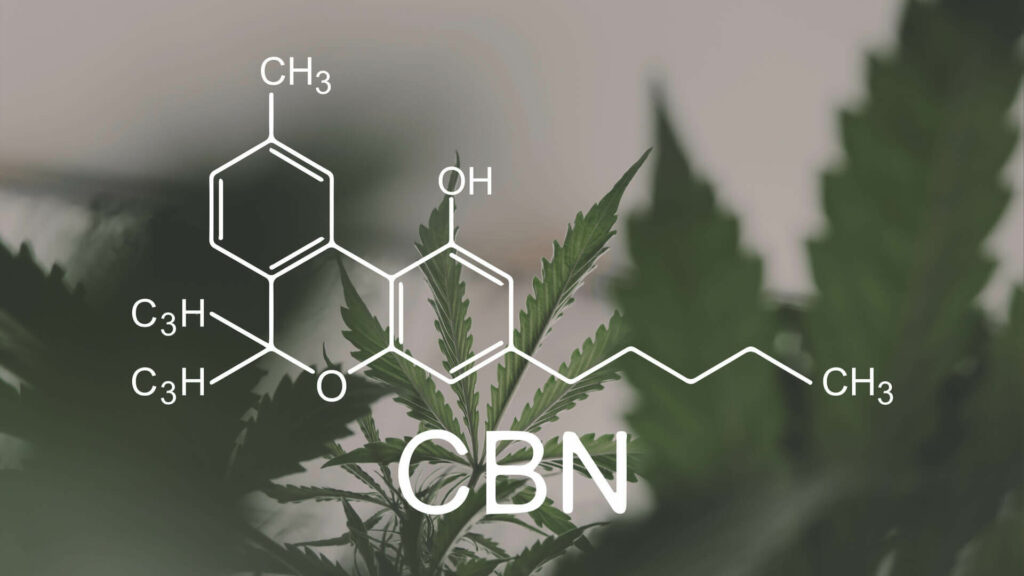introduction
Cannabinoids are a group of chemical compounds found in the cannabis plant. These compounds interact with the body’s endocannabinoid system, which plays a crucial role in regulating various physiological processes. While there are over 100 different cannabinoids identified in cannabis, this comprehensive guide will focus on the most important cannabinoids and their functions. By understanding the role of these cannabinoids, you can gain insight into the potential benefits they offer.
I. THC (Delta-9-Tetrahydrocannabinol)
- Psychoactive Effects: THC is the primary psychoactive compound in cannabis, responsible for the euphoric “high” associated with marijuana use. It activates the brain’s CB1 receptors, resulting in altered cognition, relaxation, and increased appetite.
- Medical Benefits: THC has demonstrated potential therapeutic properties, including pain relief, nausea and vomiting suppression, appetite stimulation, and muscle relaxation. It is used in medical cannabis products to alleviate symptoms in various conditions, such as chronic pain, chemotherapy-induced nausea, and multiple sclerosis.
II. CBD (Cannabidiol)
- Non-Psychoactive Effects: Unlike THC, CBD does not produce a psychoactive “high.” It interacts with both CB1 and CB2 receptors, but its effects are more indirect and modulatory rather than binding to these receptors.
- Therapeutic Potential: CBD has gained significant attention for its potential therapeutic benefits. It exhibits anti-inflammatory, analgesic, anxiolytic, and neuroprotective properties. CBD has been explored as a treatment for conditions such as epilepsy, anxiety disorders, chronic pain, and neurodegenerative diseases.
III. CBG (Cannabigerol)
- Precursor to Other Cannabinoids: CBG is often referred to as the “mother cannabinoid” as it is a precursor to other cannabinoids. It is converted into THC, CBD, and other cannabinoids as the cannabis plant matures.
- Potential Medical Uses: CBG has shown promise in various areas of medicine. It exhibits antibacterial, anti-inflammatory, and neuroprotective properties. Studies suggest that CBG may have therapeutic potential in treating conditions such as glaucoma, inflammatory bowel disease, and cancer.
IV. CBC (Cannabichromene)
- Non-Psychoactive and Anti-Inflammatory: CBC does not produce psychoactive effects and acts as a potent anti-inflammatory compound. It interacts with the body’s endocannabinoid system and other receptors involved in pain and inflammation pathways.
- Neuroprotective Potential: Research has indicated that CBC may have neuroprotective properties, suggesting its potential in the treatment of neurodegenerative diseases such as Alzheimer’s disease. It has also shown promise in pain management, potentially working synergistically with other cannabinoids.
V. CBN (Cannabinol)
- Sedative and Relaxing Effects: CBN is a mildly psychoactive cannabinoid that is formed when THC degrades over time. It is known for its sedative and relaxing properties and may contribute to the calming effects of aged cannabis.
- Potential Benefits: CBN has shown potential as a sleep aid, appetite stimulant, and analgesic. It is being explored for its potential use in treating insomnia, appetite disorders, and chronic pain
VI. THCV (Tetrahydrocannabivarin)
- Appetite Suppressant: THCV is a minor cannabinoid found in some cannabis strains. It exhibits different effects on CB1 receptors than THC, acting as an appetite suppressant rather than an appetite stimulant.
- Potential Medical Uses: THCV has shown potential as an anticonvulsant and neuroprotective compound. It may have therapeutic applications in the treatment of conditions such as epilepsy
- and Parkinson’s disease. Further research is needed to fully understand its mechanisms of action and potential medical uses.
VII. Other Cannabinoids
- A. THCA (Tetrahydrocannabinolic Acid): THCA is the acidic precursor to THC, and it is found in raw cannabis. It does not produce psychoactive effects until it is decarboxylated through heat or aging. THCA is being studied for its potential anti-inflammatory and antiemetic properties.
- B. CBDA (Cannabidiolic Acid): CBDA is the acidic precursor to CBD, and it is also found in raw cannabis. Like THCA, it does not produce the same effects as CBD until decarboxylation occurs. CBDA has demonstrated potential as an anti-inflammatory and antimicrobial compound
- C. CBDV (Cannabidivarin): CBDV is structurally similar to CBD but with slight variations. It exhibits anticonvulsant properties and is being investigated for its potential in the treatment of epilepsy and other neurological disorders.
- D. CBCA (Cannabichromenic Acid): CBCA is the acidic precursor to CBC. It is being studied for its potential anti-inflammatory and antimicrobial properties.
VIII. Conclusion
Cannabinoids are diverse chemical compounds found in the cannabis plant, each with its own unique properties and potential therapeutic benefits. While THC and CBD are the most well-known cannabinoids, other cannabinoids like CBG, CBC, CBN, and THCV are also gaining attention for their potential medical uses. Understanding the functions and potential benefits of these cannabinoids can help individuals make informed decisions about cannabis use for therapeutic purposes. It’s important to note that further research is needed to fully understand the mechanisms of action and potential applications of these cannabinoids. As the field of cannabis research continues to evolve, we can expect to gain more insights into the diverse effects of cannabinoids and their potential role in promoting health and well-being.

